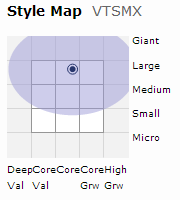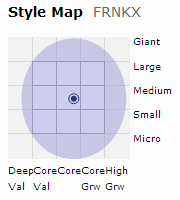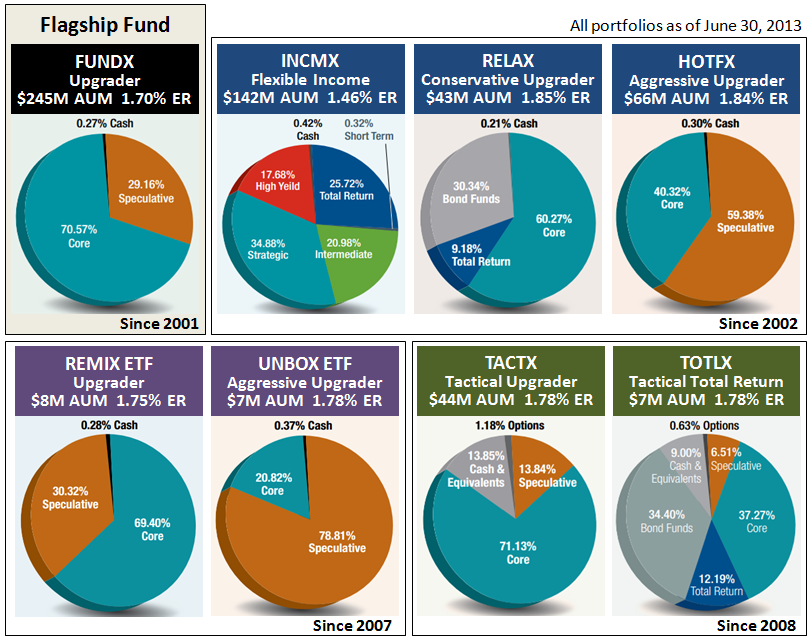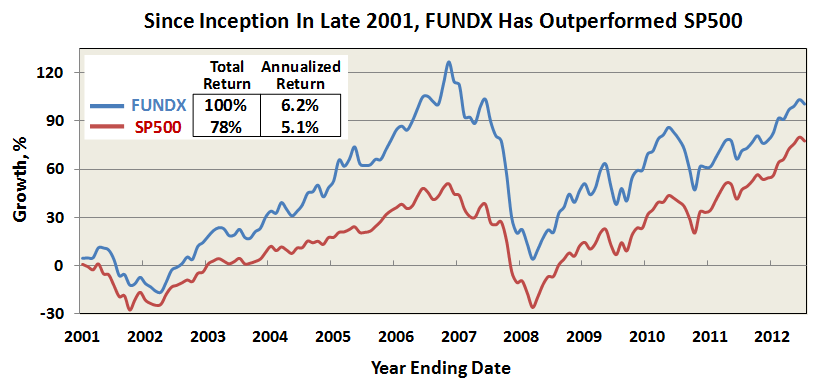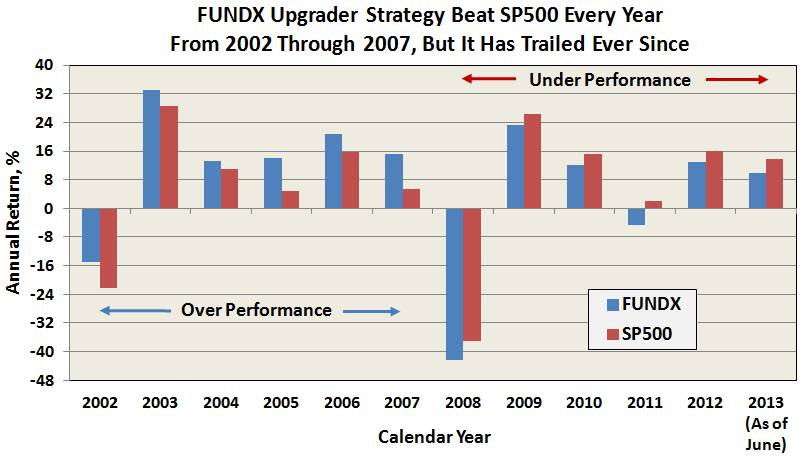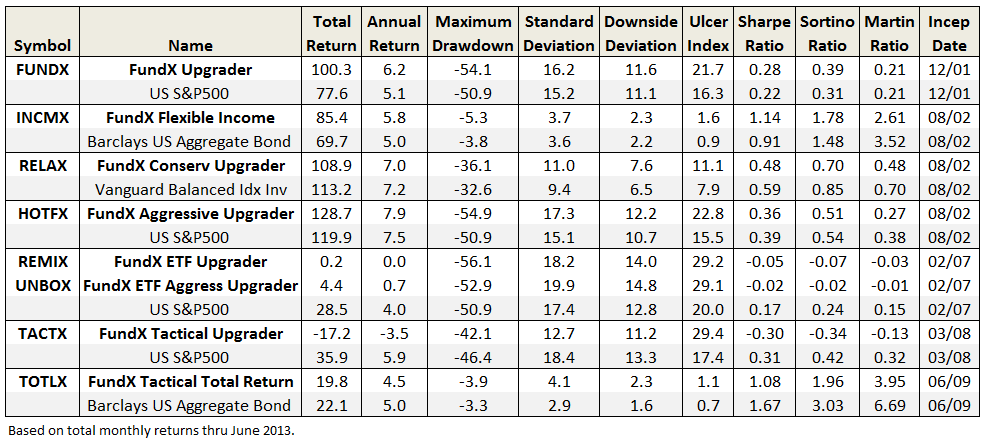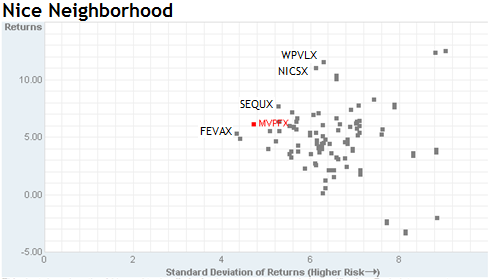THIS IS AN UPDATE OF THE FUND PROFILE ORIGINALLY PUBLISHED BY Fund Alarm IN May 2009. YOU CAN FIND THAT ORIGINAL PROFILE HERE.
Objective and strategy
The fund seeks long-term capital appreciation by investing in a diversified portfolio of very, very small North American companies. They look for stocks that are “significantly undervalued” given fundamental accounting measures including book value, revenues, or cash flow. They define themselves as “deep value investors.” While the fund invests predominantly in microcap stocks, it does have the authority to invest in an all-cap portfolio if that ever seems prudent. The portfolio is distinctive. It holds about 70 stocks and trades them half as often as its peers. Its market cap is one-quarter that of its small-value peers. 89% of the portfolio is invested in US firms, with about 8% in Canadian and 3% in British firms.
Adviser
Aegis Financial Corporation of McLean, Virginia, is the Fund’s investment advisor. Aegis has been in operation since 1994 and has advised the fund since inception in 1998. It also manages more than 100 private accounts and Aegis High Yield (AHYFX).
Manager
Scott L. Barbee, CFA, is portfolio manager of the fund and a Managing Director of AFC. He was a founding director and officer of the fund and has been its manager since inception. He’s also a portfolio manager for Aegis High Yield and approximately 110 equity account portfolios of other AFC clients managed in an investment strategy similar to the Fund with a total value of approximately $100 million. Mr. Barbee received an MBA degree from the Wharton School at the University of Pennsylvania.
Strategy capacity and closure
Aegis Value closed to new investors in late 2004, when assets in the fund reached $750 million. The manager estimates that, under current conditions, the strategy could accommodate nearly $1 billion. It is currently about $410 million when separate accounts are included.
Management’s stake in the fund
As of September 30, 2013, Aegis employees owned more than $20 million of Fund shares. The vast majority of that investment is held by Mr. Barbee and his family. Each of the fund’s directors, though very modestly compensated, has a large stake in the fund.
Opening date
May 15, 1998
Minimum investment
$10,000 for regular accounts and $5,000 for retirement accounts.
Expense ratio
1.50% on assets of $332 million, as of June 2023.
Comments
Aegis Value must surely give the folks at Morningstar a headache. It’s been a one-star fund, it’s been a five-star fund and it’s been everything in-between. Its assets in 2009 were a tenth of what they were in 2004 but its assets now are nearly six times what they were in 2009.
That is, on face, a very odd pattern for a very consistent fund. It’s had the same manager, Scott Barbee, since launch. He’s pursued the same investing discipline and he’s applied to it the same small universe of stocks.
What might you need to know about Aegis Value as you undertake your due diligence? Three things come immediately to mind.
First, the fund has the potential to make a great deal of money for its investors. A $10,000 investment made at the fund’s 1998 launch would have grown to $59,800 by late November 2013. That same investment in its small value peers would have grown to $34,900. That translates to an annualized return of 12.2% since inception here, 8.0% at the average small-value fund. That’s not a perfectly fair comparison, ultra-small companies are different: benchmarking them against either small- or micro-cap companies leads to spurious conclusions. By way of simple example, Aegis completely ignored the bear market for value stocks in the late 1990s and the bear market for everybody else at the beginning of this century. Since inception, it has handsomely outperformed other ultra-small funds, such as Franklin Microcap Value (FRMCX) and Bridgeway Ultra-Small Company Market (BRSIX). In the past five years, its total return has been almost 2:1 greater than theirs.
Second, ultra-small companies are explosive. Over the past five years, the fund has booked double-digit quarterly returns on 11 occasions. It has risen by as much as 48% in three months and has fallen by as much as 20%. During the October 2007 – March 2009 meltdown, AVALX lost 68.9%. That did not reflect the fundamental values of the underlying stocks as much as fallout from Then, in the six months following the March 2009 low, AVALX returned 230%. That sort of return is entirely predictable for tiny, deep-value companies following a recession. For the first years ending November 2013, the fund earned an annualized 31.6% per year.
Third, there’s reason to approach – but to approach with caution – now. There’s a universal recognition that valuations in the small cap space are exceedingly rich right now. Mr. Barbee’s last letter to shareholders (Q3 2013) warns that Fed policy is “starting to form asset bubbles.” For a deep value investor, a rising market is never a friend and he frets that “the third quarter saw a significant decline in watch-list candidates, from 270 at the end of just to 224 at the end of September. There is now significantly more competition for the opportunities that do exist and our job is clearly becoming more challenging.”
Microcaps represent a large and diverse universe whose members are frequently mispriced. Given his skepticism about the consequences of fed policy and a surging market, like other deep value/absolute return managers, he is gravitating toward “hard asset enterprises” and – reluctantly – cash. In general, he would prefer not to hold cash since it doesn’t hold value when inflation rises. He avers that “to date, our experienced team has been able to find a sufficient number of investment candidates offering what we believe are attractive risk/reward characteristics.” Nonetheless he’s cautious enough about seeking “deeply” undervalued stocks that the portfolio is up to about 16% cash.
Bottom Line
With Aegis’s pending reorganization, this might be an opportune time for investors to look again at one of the most distinctive, successful microcap value funds around. Mr. Barbee is one of the field’s longest tenured managers and Aegis sports one of its longest records. Both testify to the fact that steadfast investors here have had their patience more than adequately rewarded.
Fund website
Aegis Value fund. It’s largely a one-page site, so you’ll have to scroll down to see the links to the various fund documents and reports. The Annual and Semi-Annual Reports are pretty formulaic, but the quarterly manager letters are worth some time and attention.
© Mutual Fund Observer, 2013. All rights reserved. The information here reflects publicly available information current at the time of publication. For reprint/e-rights contact us.
